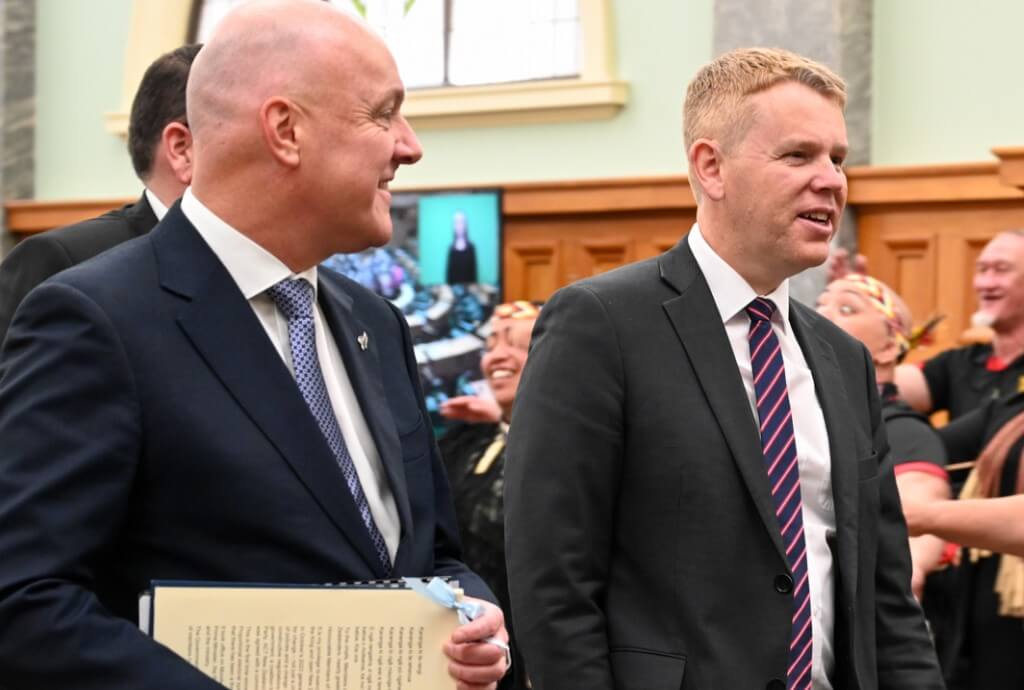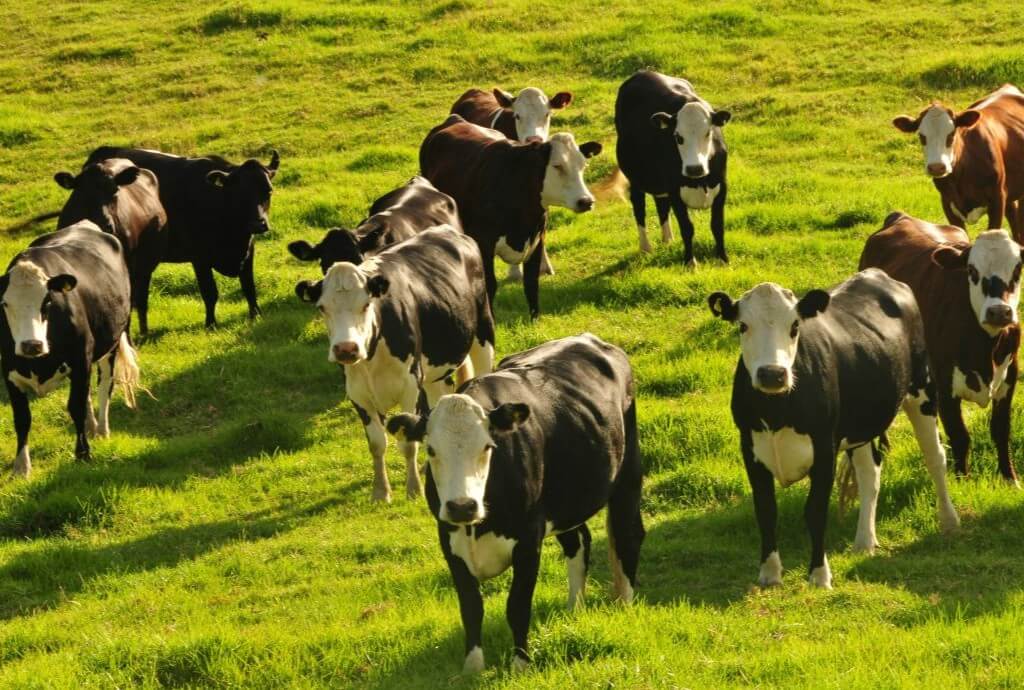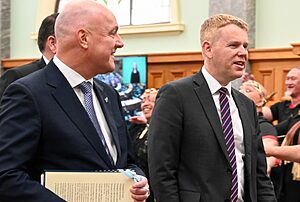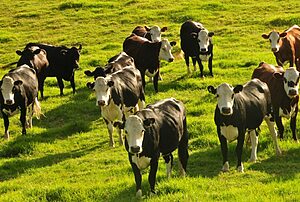Summarised by Centrist
The UAE recently hosted the 7th International Rain Enhancement Forum (IREF) in Abu Dhabi to showcase advancements in cloud seeding and features over 65 global experts.
Alya Al Mazrouei, Director of the UAE Research Program for Rain Enhancement Science (UAEREP), described the forum as a “landmark event” shaping the future of weather science.
The UAE receives some of the least rain on earth; less than 100mm a year. Rainfall in the driest regions is increased through its National Centre of Meteorology (NCM) and Rain Enhancement Program. Its cloud seeding program, operational since the 1990s, conducts nearly 300 missions annually using a fleet of four specialised aircraft.
Cloud seeding originally occurred during the summer over the Hajar mountains in the eastern part of the country, but since 2006, it has been done year-round across the entire nation.
The program targets potential cumulus clouds using flares filled with potassium chloride, table salt (sodium chloride), magnesium and other materials. More recently, it has adopted advanced nanomaterials. The mixture attracts condensation, forming bigger droplets resulting in rain.
The government also employs hybrid AI-physics models and advanced algorithms, drone-based cloud seeding, artificial cloud creation, cloud property, and ice formation studies.
Experiments in 2004 and 2005 showed that cloud seeding can increase rainfall by 15% in polluted air and up to 25% in clear, unpolluted air.
Image: YouTube



















